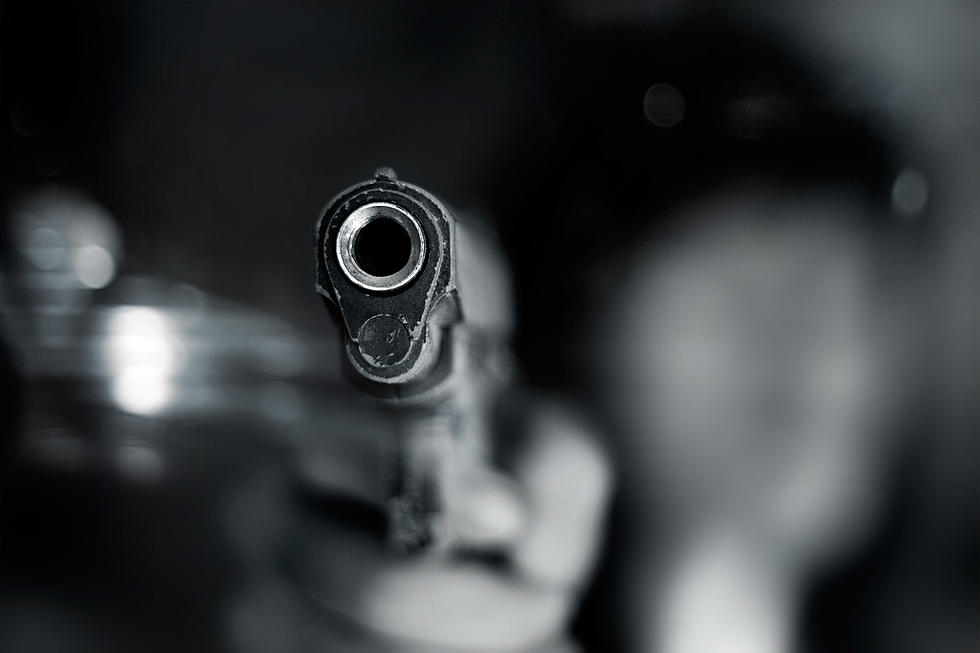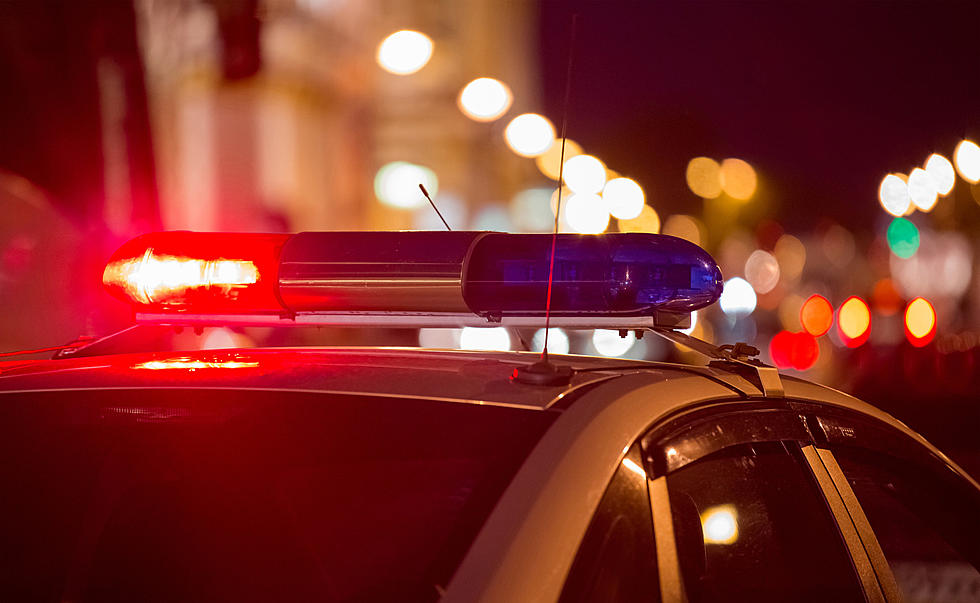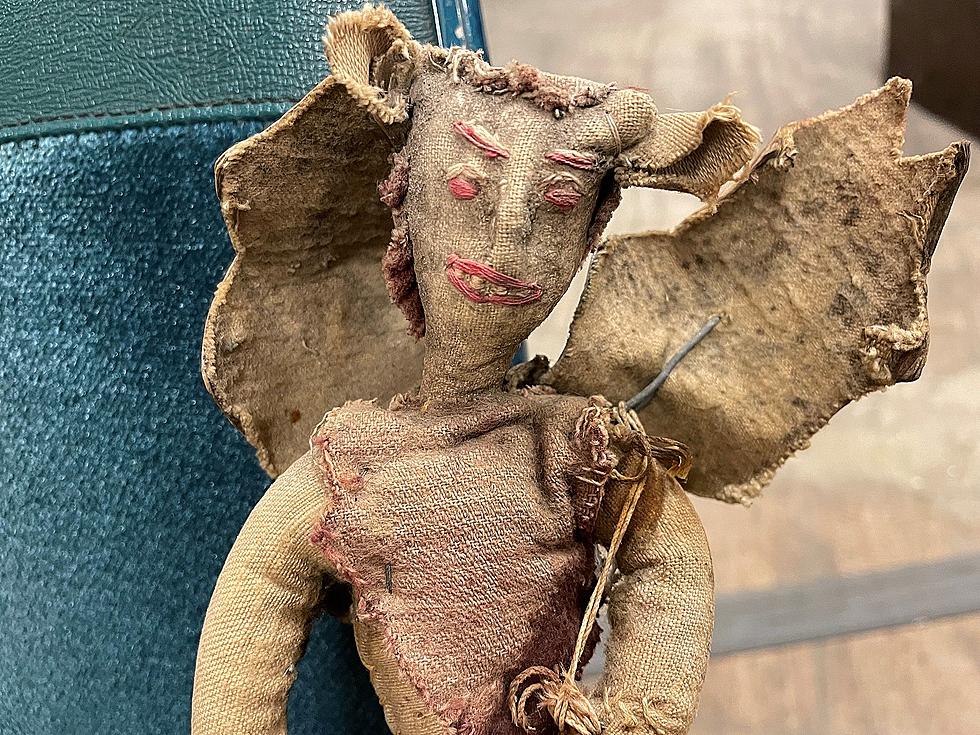
What I Learned In WFPD CRASE Active Shooter Training
As part of the preparations for the 40th Annual Hotter'N Hell Hundred coming up this summer the Wichita Falls Police Department presented their C.R.A.S.E. program to the steering committee last night.
C.R.A.S.E. stands for Civilian Response to Active Shooter Events and the program is intended to teach everyone the basic information they need should they find themselves in an active shooter event.
I had actually seen one of these presentations before when the Small Business Development Center presented it at MSU but that was years ago and time has a way of making us forget and become complacent.
In the previous presentation the general idea was to Run, Hide, Fight. In that order. Last night's presentation Officer Jeff Hughes from the Wichita Falls Police Department took those ideas to the next level with the words Avoid, Deny, Defend.
Avoid.
Pay attention to the people and atmosphere around you and if you see something sketchy, leave. Or at the very least, plan an escape route. You do make a mental note of ALL of the exit points when you sit down at a restaurant or go shopping, right? That's a habit I used to have, then I fell out of practice with it while so many things things were closed during the pandemic. Now that we're back to living our lives again it's a good habit to brush up on. You can't run for the exit unless you know where it is. If the only exit you're familiar with is the front door you walked in through you'll be caught up in the stampede of everyone else trying to escape an active shooter or fire event. Just make a mental note when you walk into a place of where all of the exits are in case you need them in a hurry. The best place to be during an active shooter event is somewhere else.
Deny.
If you simply cannot exit the situation, your next move should be to deny the bad guy the opportunity to do harm. This can be something as simple as getting into another room and locking the door. Very few shooters will take the time to defeat a locked door hoping to find someone behind it. If you can't lock it, at least barricade it. Any obstacle in the bad guy's way is likely to throw him off his game. Hopefully this will be enough to get him to move on.
Defend.
This is when push literally comes to shove. You've already tried to Avoid the bad guy but couldn't get away. You tried to Deny him the opportunity to do harm but he pushed through. Now it's time to Defend. Do you fight clean? Hell, no. Fight hard. Fight as hard as you can with any tool or weapon you can find. Hit him in the face with a folding chair. Blind him with a fire extinguisher. Just do something.
Your main objective is to slow the bad guy down. The average response time for police to arrive at the scene is around three minutes. Back before the Columbine event the policy was to set up a perimeter and wait for SWAT. Today the first officer on the scene goes in immediately with the objective of stopping the attack. Your job is to slow the bad guy down until the Police arrive and take control of the situation.
The main take-aways from last night's presentation were pretty simple. Avoid. Deny. Defend.
Maintain a constant situational awareness. As I said earlier, if something seems off it probably is. Call it to the attention of the store or restaurant staff or simply exit and come back another time.
Know where the exits are in every room or building you're in. There is always more than one way to exit a building and by fire code those doors must be openable from the inside.
Stay as fit as you can. You may need to move some furniture around to block a doorway. You may need to climb out a window. You may even need to break the window before you can use it to escape. You don't need to be as fit as a professional athlete, just stay as fit as you can so you can rise to the occasion if the need arises.
That's just a quick overview of what you'll learn in the C.R.A.S.E. training. Last night's presentation was just under two hours. There is a second part covering how to stop blood flow from an open wound that is also available but time did not permit us to get into that.
The C.R.A.S.E. presentation from the Wichita Falls Police Department is available free of charge for your office staff, place of business, even your church, and is really good information to have in the world we find ourselves living in.
This is information we all need to have and I commend the Wichita Falls Police Department for making it available to us. I cannot recommend it strongly enough.
God forbid we should have an active shooter or some sort of mass casualty event at this year's Hotter'N Hell Hundred, but it's good to know that the people involved in the planning and execution of The Ride have taken that possibility into consideration.
LOOK: What are the odds that these 50 totally random events will happen to you?
LOOK: The most expensive weather and climate disasters in recent decades
More From Newstalk 1290









